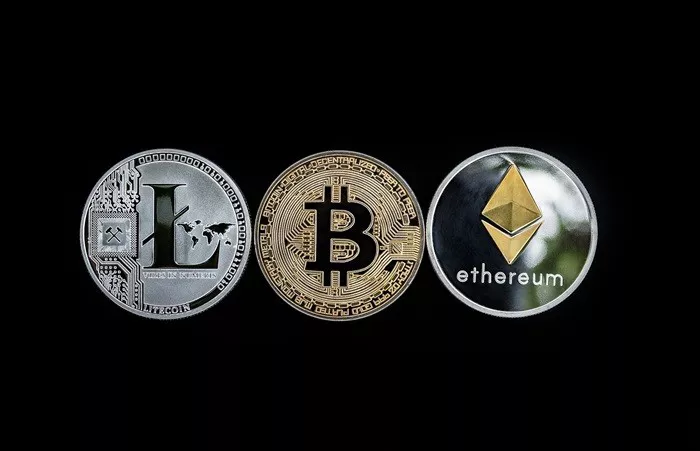The American growth trade as we know it—driven by the power of artificial intelligence, hopes for a soft landing, and impending deregulation—may be dead. But the fallout from the tariff changes has given rise to another lucrative trade on Wall Street: the volatility trade.
Trading activity has surged, with billions of dollars flowing into the country’s largest banks as investors seek to protect their money or deploy it when markets sway.
The five largest banks reported earnings this week that they collectively earned nearly $37 billion in trading revenue last quarter, with record stock trading sales.
Warren Buffett once urged investors to “be fearful when others are greedy, and be greedy when others are fearful.” The corollary for the financial institutions that offer these trades is that they sit back and collect fees no matter the environment.
Wall Street certainly wants stocks to go up, but most of all, it just wants them to fluctuate.
The big banks’ trades may be primarily for hedge funds, pensions, and large corporations—large institutional investors. But everyone is actively responding to market volatility, adjusting portfolios, seeking to optimize or take advantage of opportunities.
As my colleague Josh Schafer reports, everyone is trading. The week after Liberation Day saw record levels of dip buying, including $3 billion in net buying on April 3, according to VandaTrack. That was the highest single-day total since VandaTrack began collecting data in 2014.
Recent buying at lows and fear of missing out (FOMO) trading are largely responsible for the uptick in stock market activity. But another explanation is that a whole class of retail investors have become accustomed to plowing cash into stocks as personal finance models shift during the pandemic.
When the market is volatile, you’re better off not looking at your dwindling 401(k) account. But for a growing number of Americans, placing orders on trading apps has become a pastime, the basis of young people’s group chats and the cornerstone of an entire aspirational lifestyle content.
It’s a great “celebrity, they’re just like us” moment when big customers of big banks do the same. But it’s also part of the stock market’s signature 2025 volatility, and a reminder of the importance of a diversified portfolio of bank business lines.
The banks’ ability to boost profitability amid economic uncertainty and the absence of an expected IPO boom is not unique to volatility exchanges. A similar dynamic played out earlier this year, when the market was dominated by whether the Federal Reserve would continue to cut rates. (The Fed cut rates in September, November and December but has since paused.)
Further rate cuts could compress banks’ lending spreads, which have already stretched sharply after years of central bank tightening. But big banks may be able to stay afloat in a low-rate environment because they can lean on other business operations to make up for lost revenue elsewhere.
The diversified nature of financial services has allowed the nation’s largest banks to be profitable even amid a bleak outlook. It’s unclear how the propaganda about American exceptionalism will pan out in the coming months. Tax cuts and other business-friendly deregulation are on the horizon.
Meanwhile, as long as money keeps flowing and driving deals, at least some on Wall Street will be happy.
































